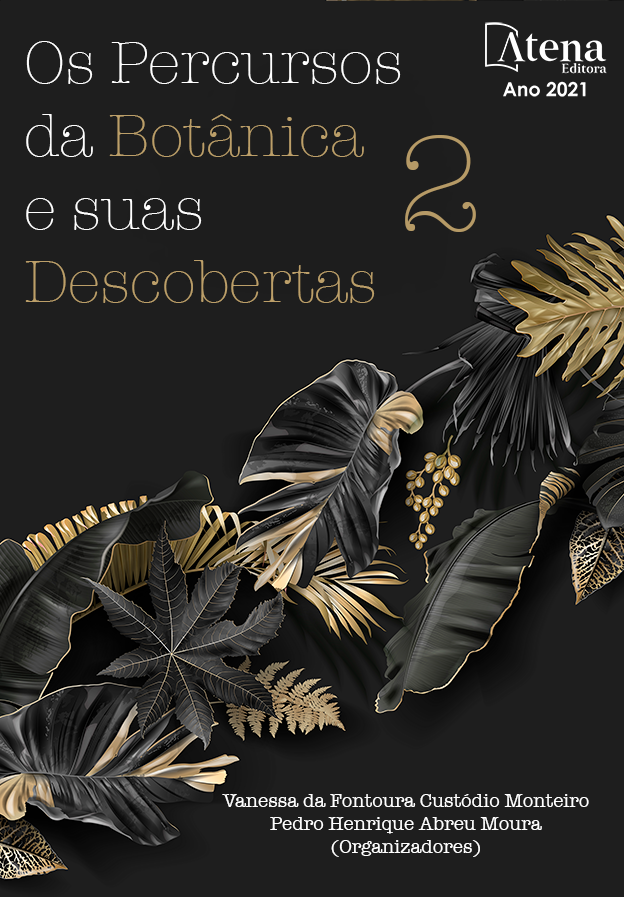
EFECTO DE DIVERSOS FACTORES EN LA GERMINACIÓN Y DESARROLLO TEMPRANO DE Alnus acuminata Kunth (Betulaceae)
Alnus acuminata es una especie arbórea recomendada para planes de recuperación de zonas degradadas en la región Andina. Sin embargo, sus capacidades germinativas han sido poco estudiadas y las investigaciones existentes muestran una gran variación en los porcentajes de germinación. Nosotros intentamos explicar las causas de estas variaciones evaluando el efecto del año de cosecha, el sustrato, la edad de la semilla, la temperatura la estratificación, y la luz en la germinación y desarrollo temprano de A. acuminata, a través de seis experimentos simples o combinados que tuvieron lugar entre 2015 y 2019. Hicimos comparaciones entre: cosechas de 2014, 2015 y 2016; sustratos germitest y arena-humus; temperatura constante a 25°C y alterna 20-30°C; fotoperiodo 12/12h y oscuridad; tratamientos de estratificación húmeda a 4°C con fotoperiodo o en oscuridad; estratificación en semillas de diferentes edades, hasta 300 días de almacenamiento. Finalmente, para verificar el efecto de la luz hicimos seguimiento de 35 días a germinados provenientes de tratamientos con y sin fotoperiodo. Las semillas de A. acuminata presentaron una alta variabilidad germinativa entre cosechas y la germinación máxima no superó el 30%. Las condiciones óptimas para germinación de A. acuminata fueron: almacenamiento a bajas temperaturas, pretratamiento de estratificación de pocos días, sustrato germitest y temperaturas alternas 20-30°C con fotoperiodo 12/12h. La estratificación húmeda no tuvo efecto en la oscuridad, pero sí con fotoperiodo. Se demostró que semillas almacenadas a bajas temperaturas mantienen la viabilidad incluso 300 días después de la cosecha, aparentemente mediante regulación del tamaño del embrión y un menor contenido de humedad. El efecto positivo de la luz fue verificado al comprobar que estimulaba la emergencia y expansión cotiledonar, el fototropismo positivo, el desarrollo de hojas verdaderas y la sobrevivencia de plántulas.
EFECTO DE DIVERSOS FACTORES EN LA GERMINACIÓN Y DESARROLLO TEMPRANO DE Alnus acuminata Kunth (Betulaceae)
-
DOI: https://doi.org/10.22533/at.ed.6442116073
-
Palavras-chave: Cosecha, temperatura, estratificación, fotoperíodo, tiempo poscosecha.
-
Keywords: Harvest, temperature, stratification, photoperiod, postharvest time.
-
Abstract:
Alnus acuminata is a tree species with the potential to recovering degraded zones in the Andean region. However, its germination has been little studied, and the current knowledge shows a great variability in germination percentages. We tried to explain the causes of these variations by evaluating the effect of harvest, seed age, temperature, stratification, and light on germination and early development. From 2015 to 2019, we conducted six experiments to compare the effect of: Harvest year (2014, 2015, 2016), germitest and sand-humus substrate, constant (25°C) and alternant temperature (20-30°C), 12/12h photoperiod and dark, and moist stratification at different storing duration (until 300 days). Finally, to study the effect of light, during 35 days, we monitored the development of germinants after seed germination with or without photoperiod. We found a high variation in the germination of A. acuminata, but the máximum percentage did not exceed 30%. The optimal conditions were: Storing at chilling temperatures, pretreatment of cold moist stratificaton by 48 days, germitest substate, and alternate temperatures of 20-30 with photoperiod 12/12h. The cold moist stratification was not effective in the dark. Seeds stored at chilling temperatures conserved the viability until 300 postharvest days, apparently throughout the regulation of embryo size and the reduction of humidity content. The positive effect of light caused a rapid emergency and expantion of cotyledons, phototropism, and development of true leaves, and a better seedlings survival.
-
Número de páginas: 19
- JURACI A. DE OLIVEIRA
- EDUARDO FONTES ARAUJO
- NATALY POVEDA DÍAZ
- KAREN L. PULIDO HERRERA
- CAROLINA RAMOS


